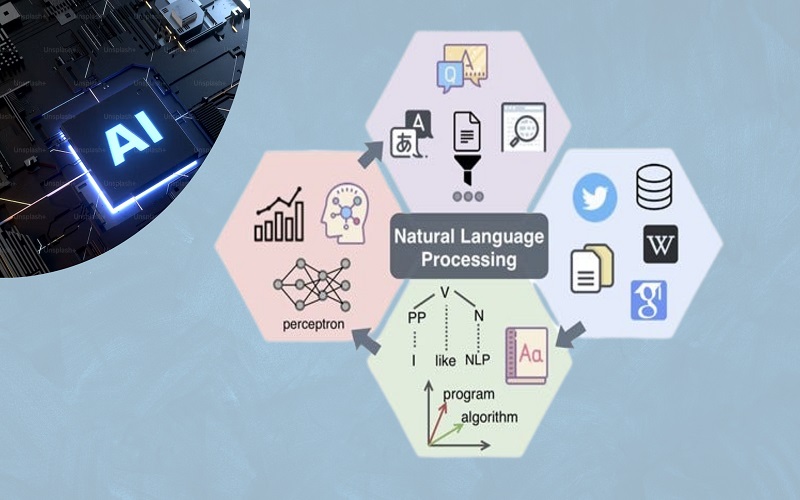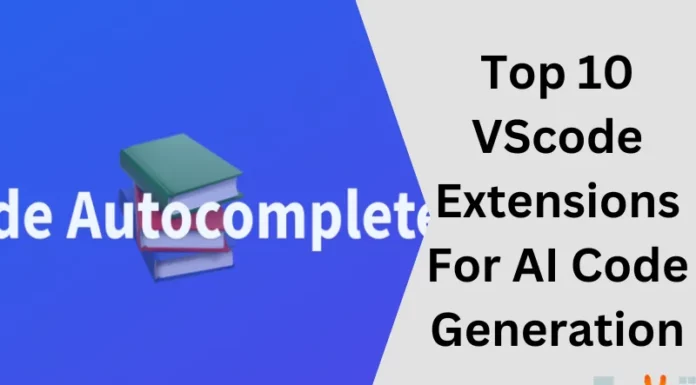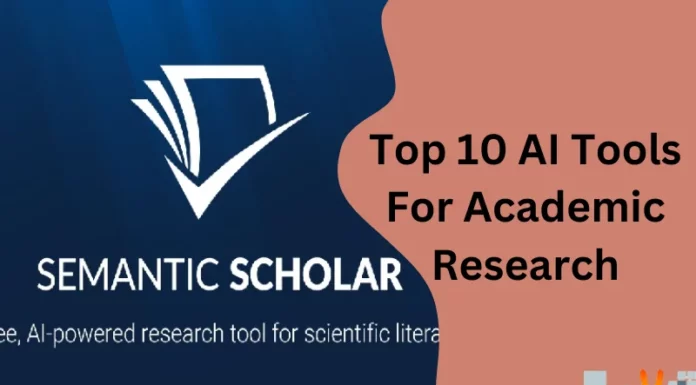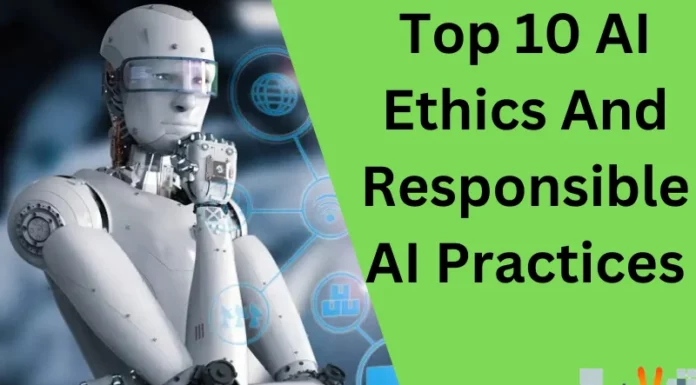For humans, learning is a process of obtaining new skills, values, and knowledge based on their lifetime experiences. Likewise, machines also learn by reviewing existing skills and learning something new from them. This learning process is called Machine Learning. Machine learning is a domain of AI & computer science that uses algorithms and data to match human learning. Today, every business including, medical, finance, banking, and retail, uses machine learning to differentiate their services from competitors and to identify new trends in the product development market. Machine learning uses algorithms for mathematically presenting data about a specific business problem. For example, a company that wishes to predict its future sales prospects can estimate the same by using machine learning with the help of past sales data and records. Machine learning can be divided into two categories according to learning style:
Supervised learning: It makes predictions using labeled data sets.
Unsupervised learning: It makes predictions using unlabeled data sets. So, Let us check the Top 10 Machine Learning techniques for AI development.
1. Regression
Regression is a part of supervised machine learning technique that focuses on establishing a link between target variables( i.e., dependent) and the predictor( i.e., independent) variable by evaluating how the value of one variable changes with a simultaneous change in another variable. For example, you can identify health problems like diabetes or hypertension ( dependent variable) of various ages, genders, and weights(independent variable) using regression analysis. It can predict the numerical value of an item using a pre-available dataset.
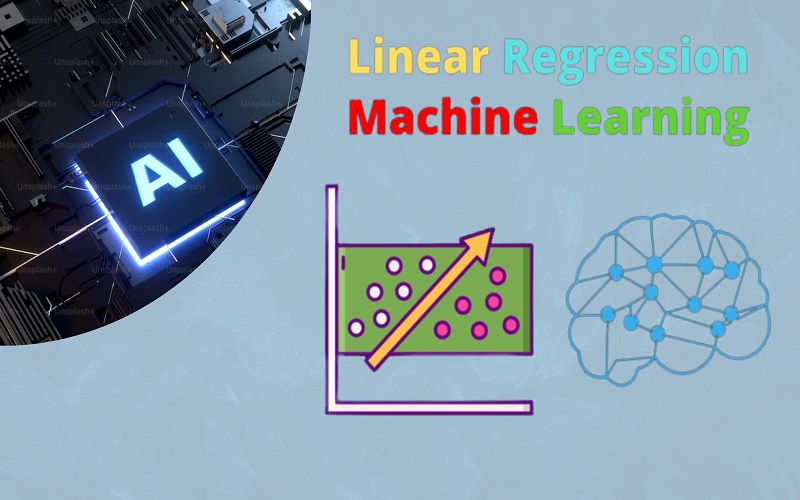
2. Classification
The classification method is a part of supervised machine learning. It classifies data into separate groups by using pre-defined datasets. In the classification method, the model is evaluated using available training data to ensure accuracy and reliability in making predictions. For example, the classification technique can classify whether a consumer will buy a product. There are two chances only: either it will be yes or no. It uses logistic regression to predict an event occurence based on a set of inputs.

3. Transfer Learning
Transfer Learning is a supervised ML technique that reuses trained datasets to perform a new task similar to a previous study. It transfers a layer of trained data sets to a new datase,t which helps ML to adapt to new jobs quickly. Transfer learning reduces the cost involved in terms of computational resources as less amount of data is required for training. One ideal example is Medical Imaging, where ultrasound scanning is used to generate images of body parts and train the model using ImageNet.
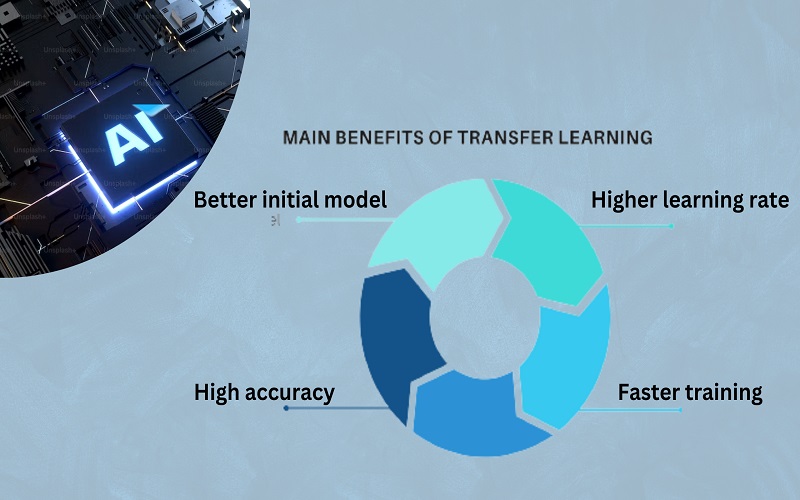
4. Reinforcement Learning
Reinforcement is a supervised machine learning that offers the best solution for an underlying situation. In this technique, machines learn from their experiences in the absence of pre-defined datasets. With the trial and error method, machines learn from their repeated mistakes in a particular environment and can maximize cumulative rewards with these experiences. RL works well with games like Chess, where feedback is received instantly, allowing machines to adapt and learn quickly.
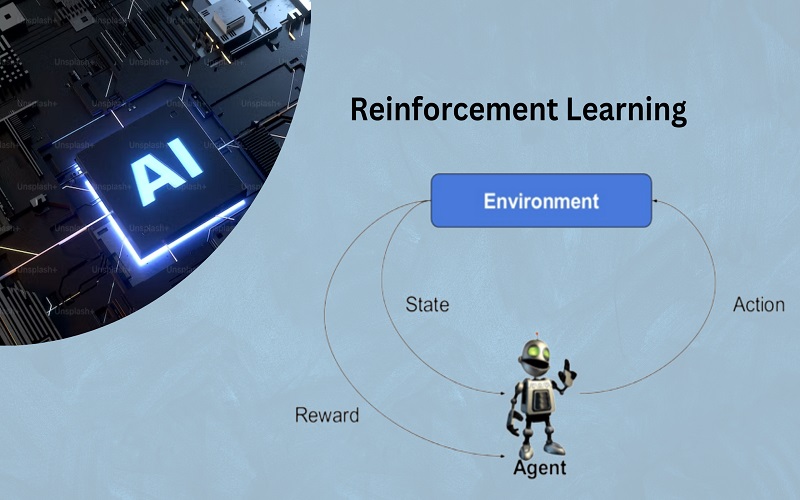
5. Clustering
Clustering falls under unsupervised machine learning where observations are clustered with identical characters. It does not use a trained data set to generate output. Instead, it uses algorithms to produce desired result. The effectiveness of clusters is measured using visualization technique. K-Means is a popular cluster method in which “K” represents the number of sets a user creates. For example, the clustering method is used to group search results or segment images.

6. Neural Networks & Deep Learning
Neural networks and Deep learning are a part of unsupervised machine learning techniques. Neural networks allow machines to learn from pre-observed datasets. By adding parameters to the model, it assumes a non-linear pattern in the dataset. Deep learning techniques enable neural networks to learn. It directs the machine to function like a human brain. Deep learning techniques are commonly used in areas of visual segmentation, speech recognition, and text mining.
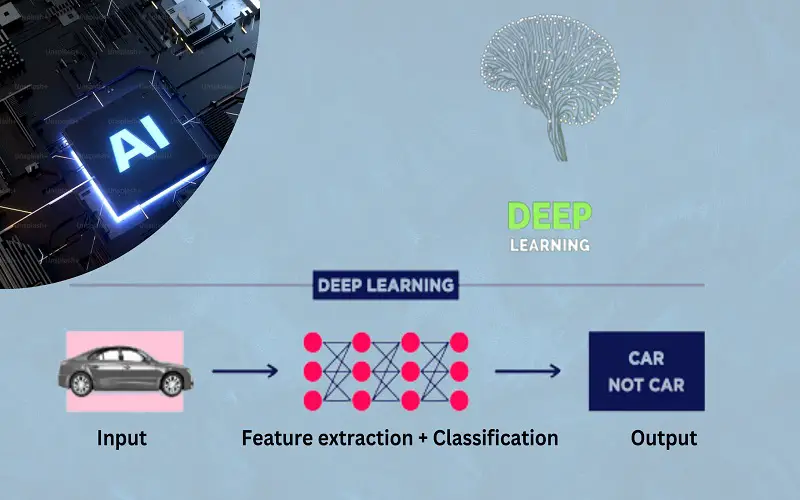
7. Dimensionality Reduction
The dimensionality Reduction method comes under both supervised & unsupervised learning. It is a process by which data is transformed from a higher dimensional space(thousands of inputs) to a lower dimensional space(less number of inputs), allowing the preservation of the main features of the original data. Computation time is reduced since data is converted from a high dimension to a low bulk data. For example, to fit the image in a file, we format the size of the image and change its dimension according to our requirements.

8. Ensemble Methods
The ensemble method uses supervised machine learning to improve the forecast accuracy by combining different predictive models. It balances the inaccuracy of a given model by combining two models. It eliminates the variations and biases associated with single models. Random Forest is a popular ensemble technique that uses multiple trained decision trees to generate predictions with different model types.

9. Word Embeddings
Word embedding, a part of unsupervised machine learning, helps represent words with similar meanings. It finds similarities between words in a document by calculating the similarity between the vector representation of two words. Embeddings can decode and show similarities between words. For word prediction, it reduces dimensionality. For example, Word2Vec uses numerical vectors to find words with similar meanings or to represent text documents by calculating the mean of all vectors in a file.
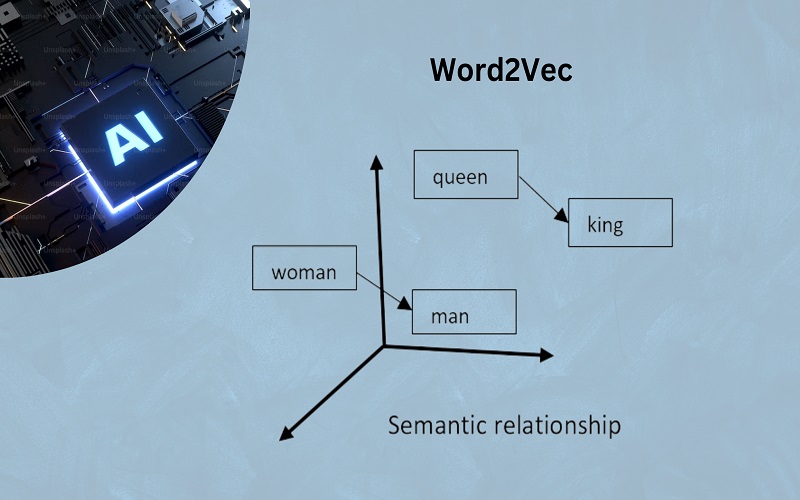
10. Natural Language Processing
Natural Language Processing is an unsupervised machine learning technique of training machines to understand text and words like humans. It is a technique used for preparing text for machine learning. It uses pre-trained models for performing complex tasks efficiently. Computers cannot fully understand humans, but we can train them to follow our instructions and commands. NLP is used for predicting the meaning of the text, classify words, recognize speech, and much more.
